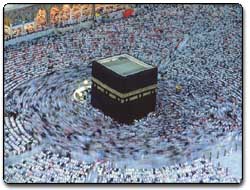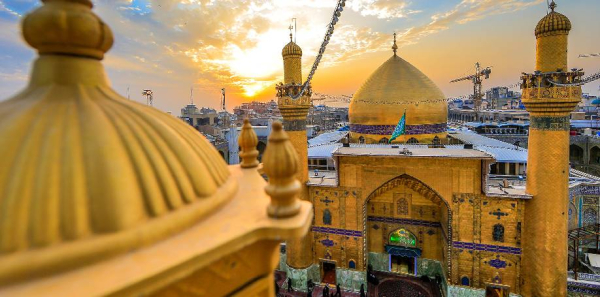 London – A major exhibition on the Muslim hajj will open at the British Museum on Thursday, January 26, in an effort to educate non-Muslims about the philosophy of Hajj in Islam.
London – A major exhibition on the Muslim hajj will open at the British Museum on Thursday, January 26, in an effort to educate non-Muslims about the philosophy of Hajj in Islam.
"In terms of the mystery surrounding the hajj, I think we try and break the back of that in this exhibition so you learn a lot more about something you can't witness," Qaisra Khan, co-curator of the exhibition, told Reuters.
The show, which runs until April 15, takes visitors on a journey that starts with how Muslims prepare for the pilgrimage.
The exhibition, billed as the world’s largest on hajj, traces some of the main routes Muslims have followed over the centuries to get to Mecca.
It features recorded accounts of what the soul-searching journey meant to Muslims around the world.
It also displays archaeological material, manuscripts, textiles historic photographs and contemporary art that document journeys to the holy lands through history.
It also showcases loaned items from Saudi Arabia such as a "sitara" which covers the door of the Ka`aba, the cube-shaped building at the center of the Grand Mosque around which pilgrims must walk.
"People who don't believe in the religion of Islam aren't allowed (on the hajj) and therefore know very little,” said Khan, of Pakistani origin.
“But you'd be surprised how little Muslims know about the history of the hajj also."
Muslims from around the world pour into Mecca every year to perform hajj, one of the five pillars of Islam.
Hajj consists of several ceremonies, which are meant to symbolize the essential concepts of the Islamic faith, and to commemorate the trials of Prophet Abraham and his family.
Every able-bodied adult Muslim who can financially afford the trip must perform hajj at least once in a lifetime.
Curators hope that the exhibition will help clear many misconceptions about Muslims and their faith.
The exhibition also displays the kinds of clothes pilgrims wear during hajj and the souvenirs they bring back.
One section showcases contemporary artists' interpretations of the hajj, including Saudi Ahmed Mater's "Magnetism", in which tens of thousands of tiny iron filings form patterns around a central magnet that represents the Ka`aba.

















